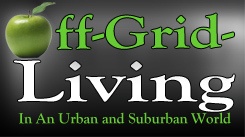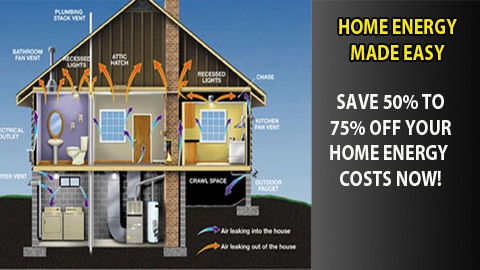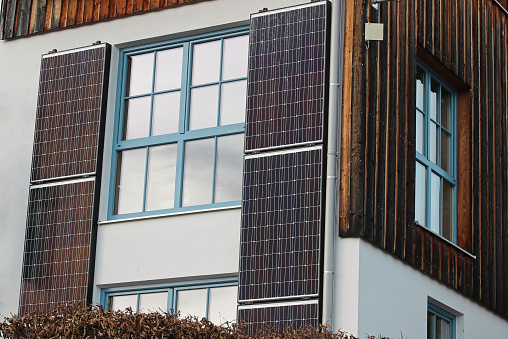
Look no further than homemade electricity. By generating power from renewable sources such as solar, wind or hydroelectricity, you can produce clean and sustainable energy right at home.
Homemade electricity is becoming increasingly popular among homeowners who are looking for ways to save money on their electric bills while also contributing to the fight against climate change. With advancements in technology and a growing interest in alternative energy sources, it’s now easier than ever to generate your own electricity.
Not only does this provide an opportunity for self-sufficiency, but it also enables individuals to become active participants in promoting green living practices. In this article, we will explore some of the benefits of homemade electricity and how you can get started with producing your own clean energy today.
The Benefits Of Clean Energy
Picture this: it’s the year 2050, and our planet has finally transitioned to clean energy. The air is crisp and clear, the oceans are teeming with life once again, and we no longer have to worry about the devastating effects of climate change.
This may seem like a utopian vision, but it’s not impossible. In fact, renewable energy sources such as solar power, wind turbines, hydropower, and geothermal energy can make this dream a reality.
The benefits of clean energy are plentiful. For starters, they produce little to no greenhouse gas emissions that contribute to global warming. By harnessing natural resources such as sunlight or wind, we reduce our dependence on fossil fuels which emit harmful pollutants into the atmosphere.
Additionally, renewable energy can provide significant cost savings in the long run since there are no ongoing fuel costs associated with their use.
Sources Of Renewable Energy
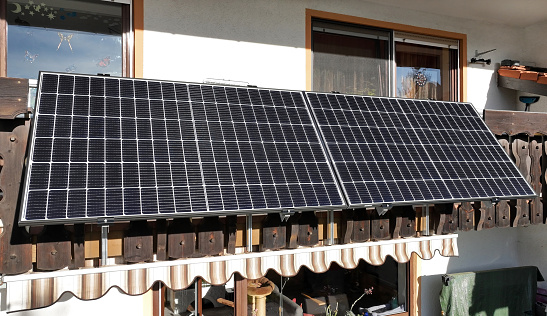
Renewable energy is becoming increasingly popular as people look for ways to reduce their carbon footprint and save on electricity bills. There are many sources of renewable energy that can be used in homes, businesses, and communities.
The most common forms of renewable energy include solar power, wind power, hydropower, geothermal heat pumps, and biomass. Solar power is the most widely used form of renewable energy. It involves harnessing the sun’s rays to generate electricity using photovoltaic cells or solar panels.
Wind power works by capturing the kinetic energy of moving air to turn turbines that generate electricity. Hydropower uses the force of falling water to spin turbines that produce electricity. Geothermal heat pumps use underground temperatures to heat and cool buildings while producing clean electricity. Finally, biomass involves converting organic waste into fuel for generating electricity.
These renewable energy sources offer a sustainable alternative to traditional fossil fuels which contribute significantly to global warming and pollution. They also provide an opportunity for individuals and communities to take control of their own energy production and reduce reliance on centralized utilities.
In the next section, we will explore some DIY methods for generating your own homemade electricity using these renewable sources of energy.
Diy Energy Generation Methods
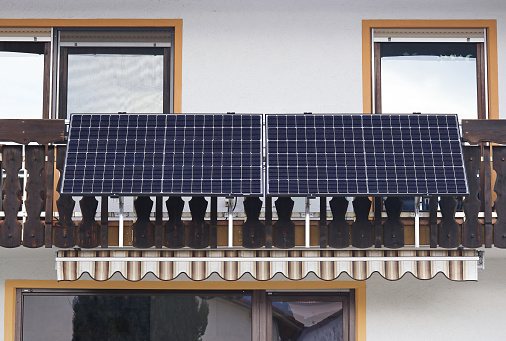
Solar panels are an excellent way to generate renewable energy at home, and with the right setup, you can get plenty of power from the sun.
Wind turbines are another great option for DIY energy generation, and you can even build your own with the right parts.
Finally, micro-hydro systems are a great option for those who have access to running water – it’s an easy way to capture energy from the flow of the water.
Solar Panels
If you’re looking to generate your own electricity at home, solar panels are a great option. They use the power of the sun to produce clean energy that can be used in place of traditional grid electricity.
With advancements in technology and decreasing costs, installing solar panels on your roof or property has become more affordable than ever before. Plus, not only will you save money on your utility bills, but you’ll also reduce your carbon footprint and contribute to a cleaner environment.
It’s important to note that while DIY installation is possible for some, it’s recommended to hire a professional installer who can ensure proper placement, wiring, and maintenance for optimal efficiency and safety. Overall, if you’re interested in homemade electricity generation methods, solar panels should definitely be at the top of your list.
Wind Turbines
Now that we’ve discussed solar panels as a popular option for generating your own electricity, let’s talk about another method: wind turbines.
With the power of the wind, you can also produce clean energy right at home.
While not as common as solar panels, wind turbines are becoming more accessible and affordable for homeowners.
Just like with solar panels, it’s important to have a professional installer assess your property and determine the best placement for optimal efficiency.
Wind turbines do require some maintenance over time, but they can be a great addition to any DIY energy generation setup.
Micro-Hydro Systems
Now that we’ve covered solar panels and wind turbines as options for generating your own electricity, let’s explore another method: micro-hydro systems.
This DIY energy generation technique harnesses the power of flowing water to produce clean energy at home. Though it may not be as popular as solar or wind, micro-hydro systems are a great option for homeowners with access to running water on their property.
As with any DIY energy setup, it’s crucial to have an expert assess your land and determine the best placement for optimal efficiency. Ongoing maintenance is also necessary, but the benefits of producing your own renewable energy make it well worth the effort.
Tips For Getting Started With Homemade Electricity
Did you know that the average American household spends over $1,300 on electricity each year? That’s a lot of money going towards something that can be produced right at home. Homemade electricity is not only cost-effective but also environmentally friendly. By generating your own power, you’ll reduce your carbon footprint and help combat climate change.
If you’re new to homemade electricity, it may seem overwhelming to get started. However, with some basic knowledge and equipment, anyone can do it. To help you begin this journey, here are some tips for getting started:
| Tip | Description |
|---|---|
| Research | Look up different methods of producing homemade electricity such as solar panels or wind turbines |
| Calculate Energy Needs | Determine how much energy your household uses per day so you know what size system to build |
| Obtain Necessary Equipment | Invest in quality equipment such as batteries and inverters |
By following these tips, you’ll be well on your way to creating a sustainable source of energy for your home. Not only will this save you money in the long run, but it will also contribute positively to the health of our planet. So why not give homemade electricity a try today?
Conclusion
In conclusion, the benefits of clean energy cannot be overstated. Not only does it contribute to a healthier planet and reduced carbon emissions, but homemade electricity can also save you money in the long run.
By utilizing sources of renewable energy such as solar or wind power, you can generate your own electricity right at home. Don’t be intimidated by DIY energy generation methods – there are plenty of resources available to help you get started.
With some basic knowledge and equipment, anyone can start generating their own electricity using sustainable methods. So why not take control of your energy usage and join the growing community of renewable energy enthusiasts?
Start small with a simple project like installing solar panels or building a wind turbine, and before you know it, you’ll be well on your way to becoming a self-sufficient energy expert!
